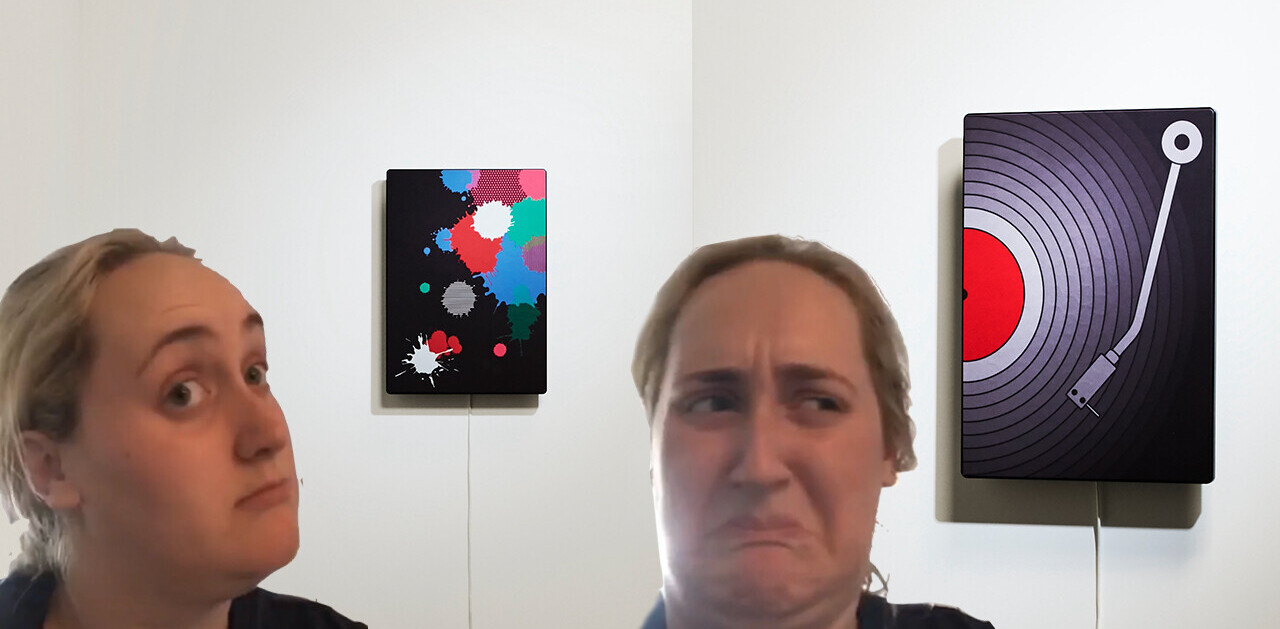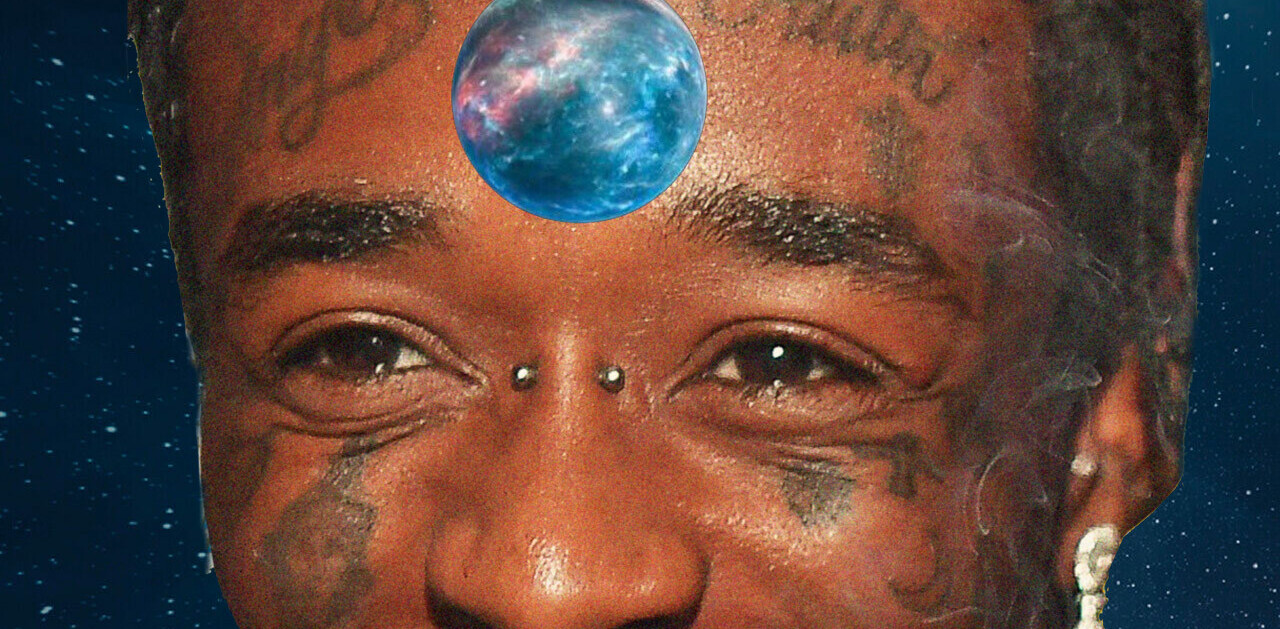
Derick Rhodes is a footage content producer at Shutterstock. This post was originally published on the Shutterstock blog and has been reprinted with permission
One of the most critical parts of any film or video production is finding the music that helps tell the story most effectively. Whether it’s for a television commercial, feature film, corporate video, or simply a vacation highlight reel, the music we select has a profound impact on how a video feels to its audience.
We thought it would be fun and useful to explore the ways in which different songs change our perception of the same footage. To do so, we edited together a short sequence of clips from the same production, shot by footage contributor Florin Danilov, and started experimenting with different tracks.
What we found is what directors, editors and music supervisors around the world know all too well: music guides our perception of video, setting our expectations for what comes next, while playing a crucial role in how we respond emotionally to what we see. Watch our experiment below, then read on for our analysis of how each of the tracks used helps create a very specific emotional response.
Track 1: From its onset, this tension-filled, drama-rich track, Traditional Synth Horror by Aaron Dlugasch, suggests a pivotal moment in a psychological thriller or horror film. From the dark, attacking piano chords to the screeching, off-key guitar harmonics, everything about this song implies that our protagonist is getting ready to face something highly unpleasant, and soon. Anxiety-provoking tracks like this are perfect for setting viewers on edge, and can help create intense emotional reactions, especially when paired with the right story and visuals.
Track 2: Set to the warm acoustic tones of the softly picked nylon string guitar in The End of Sadness by Bruce Kurnow, the video sequence now assumes a distinctly southern European quality, provoking feelings of reassurance and comfort. While this track also has a slightly melancholy feel, it’s clearly been crafted to convey an air of soothing sophistication, and the world of the protagonist feels like that of a commercial for a luxury chocolate, coffee, or high-end jewelry brand.
Track 3: Anchored by a complementary cello and a steady shaker toward the end, the rising piano and violin in this song (Swan by Paul Anthony) create a feeling of forward movement and a sense of positive character development. Like The End of Sadness, the track conveys reassurance, but also suggests that the character has overcome an obstacle of some sort and is moving forward. Aspirational music like this is perfect for creating positive associations and marking emotional transitions in a story.
Song 4: A Voice Through the Wall by Norfolk and Western is a sweetly strummed, earnestly sung tune that immediately feels familiar. With its humble authenticity and straightforward sentimentality, this song brings a sense of intimacy to the video that sets it apart from the other versions. Big moments in film—in which a character is experiencing an emotional epiphany or undergoing an important life change—are often signified by singer/songwriter-driven tracks like this one, pairing a warm vocal performance with confessional, first-person lyrics.
Hopefully this has all given you a sense of how music can dramatically alter the way we experience video.
Top image: Man watching movie with headphones by Mikko Lemola
Get the TNW newsletter
Get the most important tech news in your inbox each week.





